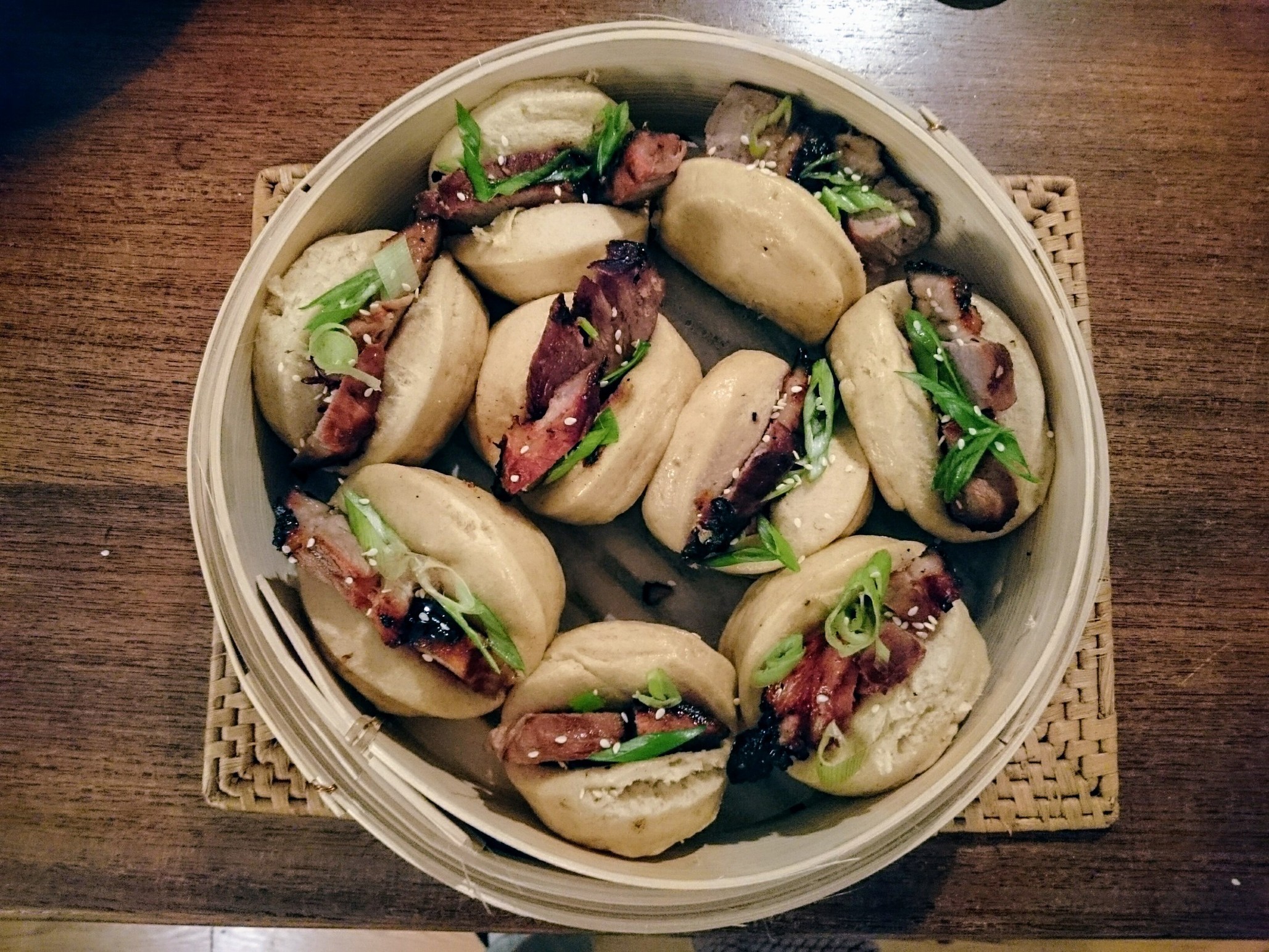Sous-vide char siu
By Will Thong, Mon 27 March 2017, in category Food
By Will Thong, Mon 27 March 2017, in category Food
Chinese barbecue pork (char siu) is one of my favourite foods. When you order it from restaurants, it is generally dry due to a stingy fat content, but the sweet, salty marinade balanced against the roasted char from the oven still make it worth the price of admission. I am told that, decades ago, this sort of char siu was readily available from Hong Kong’s street establishments, but the health-conscious movement made it unfashionable and near-impossible to find.
It is so much better home-made, primarily so the dastardly laws of supply and demand can’t stop me from picking a really fatty cut. This yields a more flavoursome, juicier, wobblier char siu and really puts the sticky marinating glaze to work balancing against the richness of the meat. It also serves as insurance against over-cooking; indeed, with a leaner cut like a pork rib chop, I’d prefer a temperature closer to 60°C, but we can, and should, take fattier cuts hotter to render that fat.
So my mum, who started this recipe off, eschews the more common pork shoulder or butt in favour of pork jowl (often called pork cheek). This is the cut traditionally used to make Italian guanciale (that is, a deliciously fatty, upgraded bacon used for spaghetti alla carbonara). If you can’t track jowl down, pork belly is a great alternative.
In Western cuisine, fatty cuts like this are generally slow-cooked to tenderness, but this typically raises the temperature quite a bit above 70°C, drying out the meat. Char siu, just like Chinese roast pork (siu yook - different from char siu in that it is left unmarinated and served with its crispy skin still attached), is traditionally cut into relatively thin chunks (around 2cm wide). Here, I’ve adapted the recipe for sous-vide so you get a more succulent result and so you don’t need to bother keeping an eye on the internal temperature. If you don’t have an immersion circulator, marinade it for 24 hours rather than cooking it sous-vide at step 5, then just whack it in as hot an oven as you can find, probing the internal temperature every few minutes and removing it at around 65°C to allow for over-cook.
And when you’re done? The ways you can eat char siu are manifold and include, but are not limited, to:
